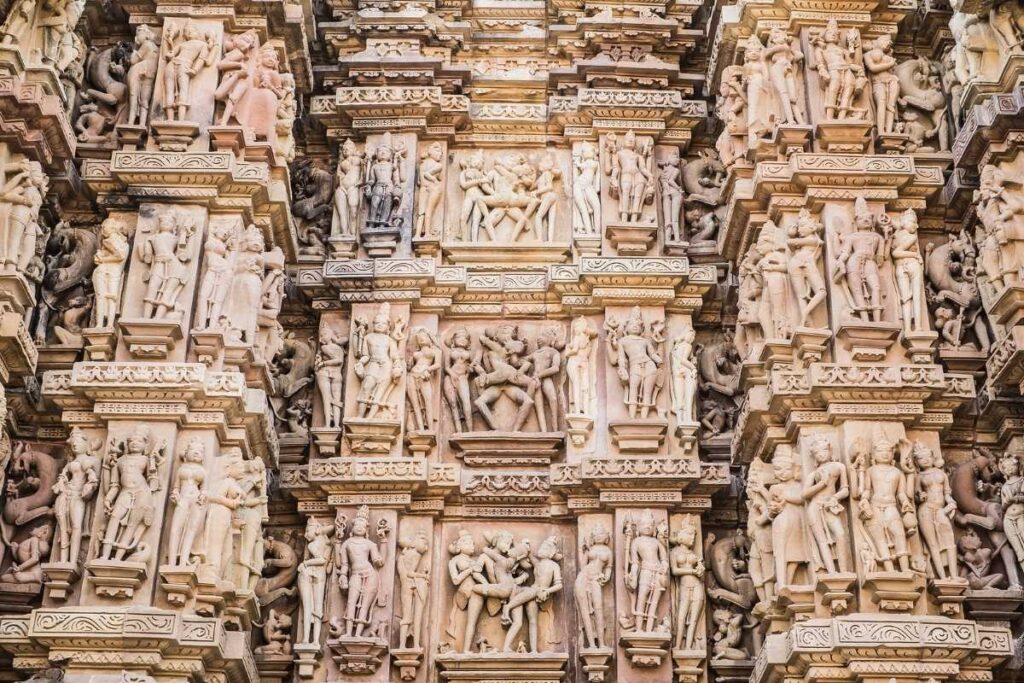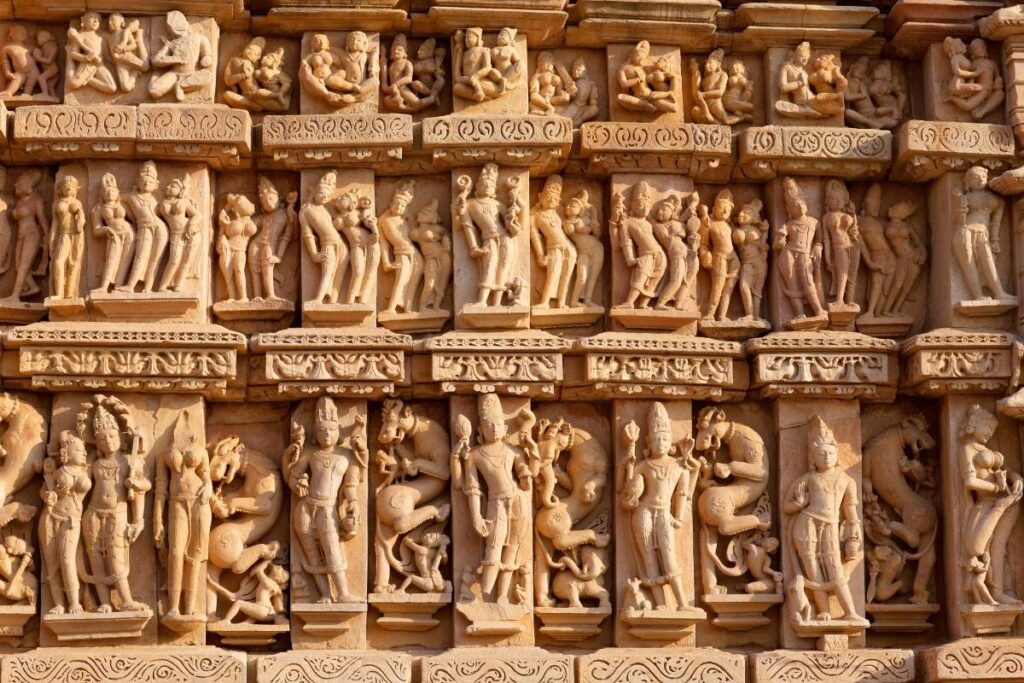
The Kamasutra, often hailed as one of the most iconic works of erotic literature in the world, holds a deep and fascinating connection with Nepal’s cultural heritage. While often associated with India, the roots of the Kamasutra extend into the land of the Himalayas. In this extensive blog post, we journey into the ancient pages of the Kamasutra and its intriguing relationship with Nepal’s rich cultural tapestry.

The Origins of the Kamasutra
The Kamasutra is a Sanskrit text attributed to Vatsyayana, believed to have been composed around the 2nd century CE. This treatise is not merely a guide to sexual pleasure, as it is often misconceived, but a comprehensive work that delves into the art of living and the pursuit of sensual and spiritual happiness.

The Nepalese Connection
Nepal’s connection to the Kamasutra can be traced to the Gupta Empire, which spanned across India and Nepal during the 4th to 6th centuries CE. The Kamasutra, composed during this period, likely had a significant influence on both regions. The ancient city of Kapilavastu in Nepal, renowned as the birthplace of Siddhartha Gautama (Buddha), was an important center for Vedic and philosophical teachings, including those related to the Kamasutra.

Philosophy Beyond Eroticism
While the Kamasutra is celebrated for its detailed descriptions of sexual positions, it encompasses a broader philosophical perspective. It explores the art of love, relationships, and the pursuit of pleasure while emphasizing the importance of mutual respect, consent, and emotional connection. These principles align with the core values of many ancient Nepalese philosophies, such as Buddhism and Tantra.

Tantra and Sacred Sexuality
Nepal is also known as the land of Tantra, a spiritual practice that seeks to transcend the limitations of the physical body through meditation, yoga, and sacred sexuality. Tantra acknowledges the sensual and spiritual aspects of human existence and teaches the art of harnessing sexual energy for personal and spiritual growth. The Kamasutra’s teachings on intimacy and pleasure are in alignment with Tantra’s broader principles.

Temples and Erotic Art
Nepal’s temples and ancient artworks often depict erotic scenes and imagery, symbolizing the union of opposites and the cyclical nature of life and death. The temples of Khajuraho in India and some Newar-style temples in Nepal are famous for their intricate erotic carvings, which suggest a shared cultural appreciation for the aesthetics of sensuality.

Modern Interpretations and Perspectives
In contemporary Nepal, the Kamasutra and the principles it embodies continue to have relevance. They are explored not only as a source of sexual knowledge but also as a means to understand human relationships and sensuality in a broader sense. Nepalese scholars and artists have studied and interpreted the Kamasutra, bridging the ancient text with modern cultural discourse.

The Kamasutra’s connection with Nepal’s cultural tapestry is a testament to the enduring relevance of this ancient text. It transcends its reputation as a mere manual of sexual positions to become a philosophical guide to the art of living, loving, and embracing sensuality with respect and understanding. In Nepal, where traditions are deeply intertwined with spirituality, the Kamasutra finds its place as a source of wisdom that celebrates the beauty of human connection in all its dimensions. It is a reminder that the pursuit of pleasure can be a path to both physical and spiritual fulfillment, a concept that resonates through Nepal’s diverse cultural heritage.

